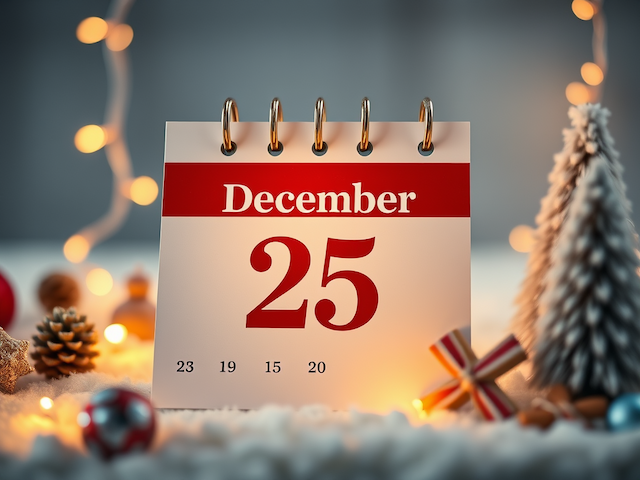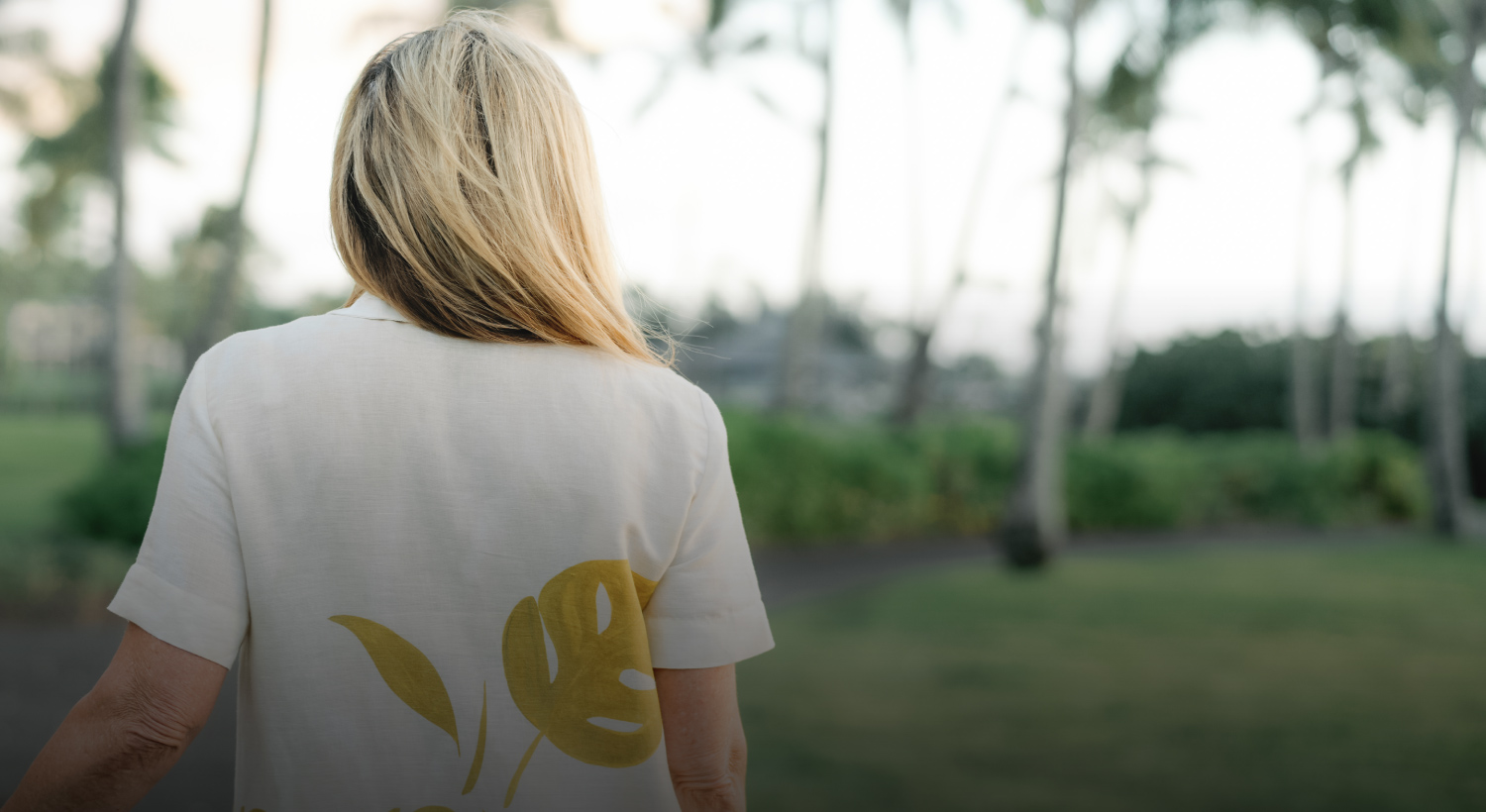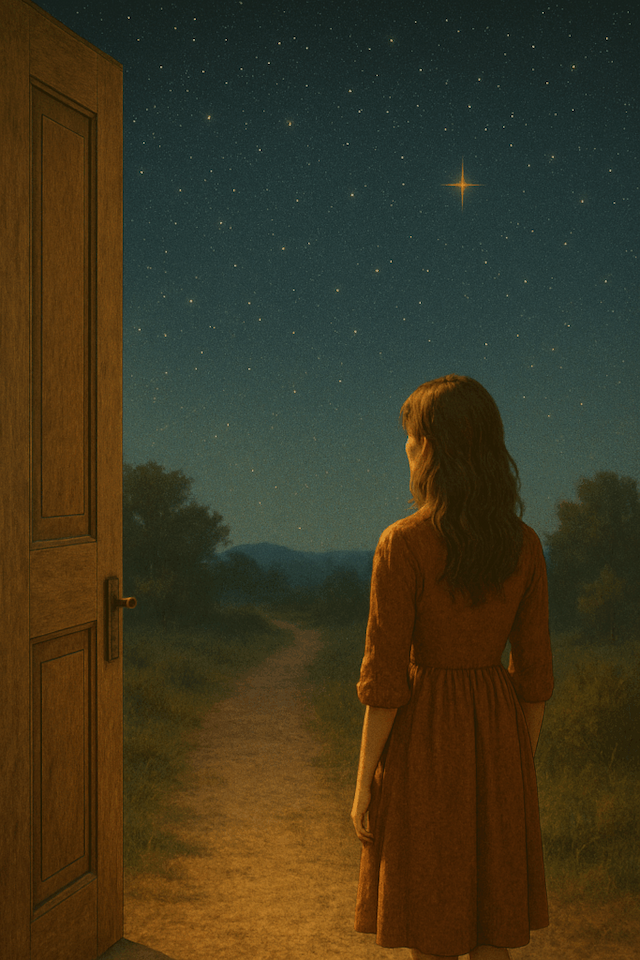The 7 Basic Camera Settings Mistakes Made by Photographers -
The 7 Basic Camera Settings Mistakes Made by Photographers. We keep making the same mistakes! Read More..
The 7 Basic Camera Settings Mistakes Made by Photographers
No photographer is perfect, that’s why it takes a lifetime to master this rewarding, yet complicated skillset. We are going to examine seven basic camera settings mistakes that photographers make. Remember, these are not always just beginner errors; they occur to beginners and seasoned veterans alike! So, I hope this article helps prevent you from developing some of the bad habits I had to overcome.
Take from this article the confidence that I can speak to each of these camera settings mishaps with a wealth of experience. I am going to save you some frustrating nights following a day of shooting!

No 1. Not shooting in RAW
The only reason to ever not shoot in RAW is because you plan on using your images straight out of the camera. If you do not plan to do any editing to your pictures, then JPEG will save you space on your hard drive. If you are planning to edit your pictures in any way, including adding details, clarity, adjusting lighting and color, or using filters, you should always shoot in RAW. RAW images retain a wealth of information and details that you may not see in your picture at first sight; however, those details that may be hidden in the shadows or blown out in the highlights may be recoverable. But only in RAW.

RAW isn’t a license to “spray and pray” or just take pictures quickly and without forethought, but combined with intentionally considering your exposure and composition, RAW may save the day when you get home and prevent a wasted day of shooting. We considered all these reasons as having the biggest impact on your photography so it stands as the number one of the camera settings most often neglected.
No. 2 Not using Your Autofocus
Cameras and lenses are so advanced today and almost always can lock onto a focal point faster and more accurately than adjusting by sight. Often, mistakes with autofocus comes from not using the correct autofocus setting. Once you learn these, nothing will stop you from clicking that perfect picture. There are times to use manual focus like with astrophotography and macro photography; but I rarely ever have a need to switch over to manual unless I am trying to create a unique effect. So, if you are interested in learning the different types of autofocus, check out our recent discussion, A Simple Guide to Your Camera’s Autofocus Modes.
No. 3 Focusing on the Wrong Focal Point

Might seem like an obvious mistake that we wouldn’t make, but it can be much harder than it sounds to get the focal point just right. With long distance shots, you may lock in on a branch right in front of a bird you are trying to capture and later discover the bird of slightly out of focus. As a reminder, always use the correct autofocus setting for the type of shooting you are doing.
No. 4 Other Camera Settings Don’t matter if you Shutter Speed is too Slow
Shutter speed can be a tricky setting when you aren’t always going to know how quick you need it to prevent blurring. There are quick lists you can reference while learning, but shutter speed is always going to be something you are experimenting with and even setting it a little faster than you may initially think, just to be safe. In a previous article we discussed the elements of exposure, common mistakes, and fixes.
You may also find it helpful to take a waterproof reference guide along with you that gives you a clear range. In any case, you can also hit the small magnifying glass on your display and zoom into the picture to see if you are getting some blurring, if so, bump that shutter speed up a bit, which leads me to my next point.

No. 5 Not adjusting the ISO, Not Everything has to be 100?!

Seems like every beginner photography class discusses the backlash of noise if you increase your ISO. Although this is definitely a true statement, the amount of noise is often miniscule compared to blurring your picture if your shutter speed is too slow. There is always a trade-off; however, most editing software can easily reduce noise. But blurring your image too much can render it useless. My rule of thumb is I do not scoff at any ISO as high as 3200. After that, then I consider reducing my shutter speed or widening my aperture. If the effect I want is more important than the noise, then I don’t think twice and will bump the ISO up as high as 10,000 before re-evaluating what other options I may have available.
No. 6 Shooting with a Wide Open Aperture.. All the Time

Creamy, buttery bokeh is the sign of a great lens and when we drop that kind of cash, we want to use that wide aperture during every shoot. A great way to look at this, is that you spent a lot of money to have a wider range of aperture options, giving you more flexibility. But that would not include using the widest aperture every time. Often, a lens’ sharpness does not peak at its lowest aperture. So anytime you get to unpack a new lens, take test photos throughout the aperture range to see where your focal point is the sharpest. Using f/2.8 on shots when your peak sharpness may be at f/8 means you are missing out on some stunningly sharp photos. I love bokeh, but it isn’t everything!
No. 7 Engaging Image stabilization while on a Tripod

When you finally get that first lens that comes with image stabilization, you often want to set it on all the time, but that isn’t always what is best for your shooting. If you are shooting off a tripod you may be causing some inadvertent blurriness caused by how IS operates. Every camera is different but give it a try with and without IS and see if you notice a difference. When in doubt, just switch it off, it really isn’t needed. You paid for that tripod for a reason! This only applies for fixed cameras, if you are using a telephoto lens and using the camera with a gimble, you may still want to switch it on for potential vertical or horizon shake.
Camera Settings, That’s a wrap !
So honestly, have you made any of these mistakes? I know I have and sometimes still must remind myself when in the heat of an exciting shot. It is one of the reasons I love photography so much. It is a skill you can master but never perfect; there is always something to learn. So, if you read this, it means you have the right attitude. So, I encourage you to keep learning and advancing your skills. And anytime you want to share images or insight please share away. Just like you, I am always looking for new ways to advance my photography and share with others to help them in their journey.

Jon is a photographer and writer for Seven11. His conceptual photography has been featured in publications and galleries across six continents, but this real passion is teaching others how to enjoy photography.
Author: Jon Frederick
Jon is a photographer and author for Seven11 Photography. He specializes in conceptual fine art, Christian inspiration writing and teaching others to further their skills in photography.
View all posts by Jon Frederick






